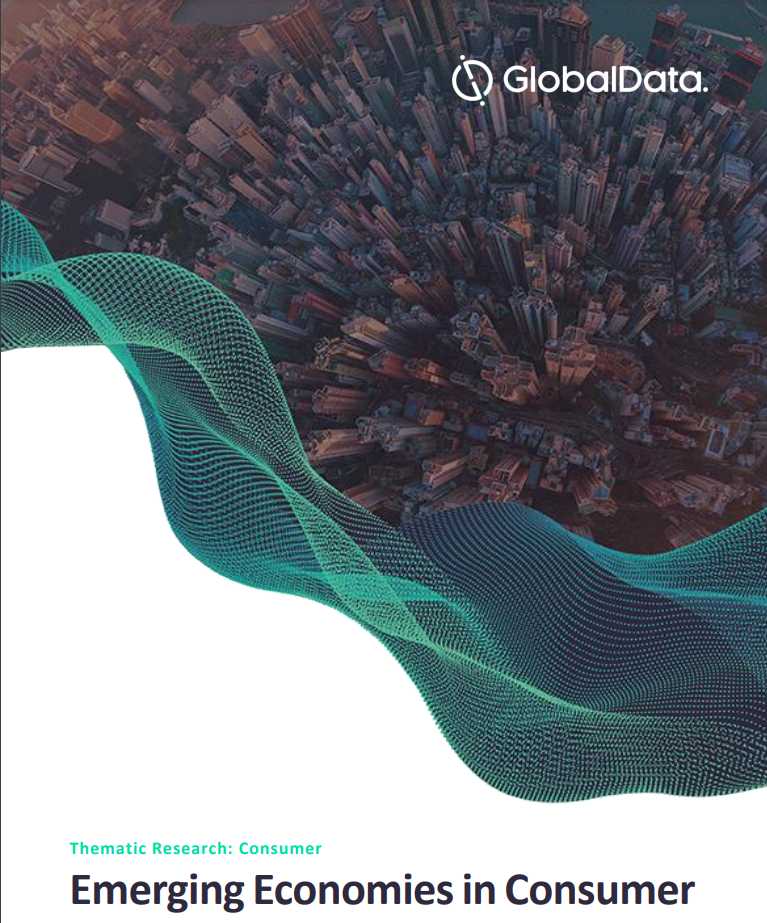
Internet of Things (IoT) technology can be hugely valuable to consumer goods companies when astutely implemented – enhancing operational efficiency, reducing costs and providing a better customer experience, says a new report.
When IoT collects data, 5G technology transmits it and artificial intelligence (AI) extracts insight from it, companies can reap the benefits with relatively low costs and high rewards, according to GlobalData’s thematic research paper entitled ‘Internet of Things in Consumer Goods’. The research argues that the technologies should be implemented across the entire supply chain, but cautions businesses to resist the allure of “flashy, gimmicky IoT features”, which it says do not attract consumers.
“Consumer goods companies should install dumb, basic IoT sensors across the value chain to gather the data required by AI systems,” GlobalData says. “With astute implementation, this will enhance operational efficiency, reduce costs, improve decision-making and provide a better customer experience.”
Today’s “hyper-connected and information-rich” consumers are confident in embracing new information tools that help them better understand the products they buy, while monitoring their activity and ordering products using wearables, smart assistants and smart appliances, the report explains. “Due to these developments in technology and behaviour, much of the ordering process may soon be fully automated,” it adds.
“Consumer companies should use IoT to furnish their products with information that will attract these consumers and improve their own IoT capacities to anticipate better the effects of these changes on consumption and retail habits.”
While the rewards can be substantial, the risks of not prioritising IoT can be serious. “Whether consumer companies will profit or suffer from the emergence of IoT depends on the strength of their IoT strategies,” the paper suggests. “A strong IoT strategy with effective implementation will bring efficiency gains across supply chains and align product offerings with modern, post-COVID consumption habits. Conversely, companies without a strong strategy will be caught out or overtaken by competitors.”
Leaders in the implementation of IoT in the beverage space identified by the report include The Coca-Cola Co, Diageo, Heineken and PepsiCo.
The report explains the intricacies of IoT by breaking it down into five layers:
- Devices
- Connectivity
- Data
- Apps
- Services
“While these layers are logically discrete, large-scale IoT solutions will see a considerable degree of blurring of these logical boundaries,” GlobalData explains, adding: “From the point of view of IoT adopters, it is crucial to note that value is only realised by IoT adopters in the application layer.
“All the data that an IoT network collects is ultimately worthless until action is taken because of it, whether in the form of an instruction to an irrigation unit, or an alarm sent to a maintenance engineer, or an emergency call made to a doctor.”
For consumer goods companies specifically, IoT technology can help to meet the challenge of changing consumer behaviour, since it helps to deepen businesses’ understanding of their customers, to meet new consumer preferences and to become familiar with the technologies that are driving these changes.
The report identifies other challenges as well. “Operations can always become more efficient, costs can always be reduced, decision-making can always be sharpened and customer understanding can always be deepened,” it points out. “There is always room for improvement, and improvement is always rewarded.
“AI can drive significant progress in these areas. This is why IoT is most valuable to consumer goods companies in its capacity to facilitate AI.” In this area, basic IoT sensors installed even on individual items can help businesses to gather the data needed for AI systems – and they’re now cheap enough to be deployed at scale.
The technology can enable companies to generate end-to-end overviews of their processes, with live information available at every stage. The report explains: “These technologies include sensors, cameras, GPS trackers, barcodes, smart labels, RFID tags, beacons and more. They are cheap, and their deployment can bring massive rewards.”
This monitoring process can continue even after products have been supplied to retailers, while trackers and identifiers deployed on premium fast-moving consumer goods (FMCG) products, including alcohol, can contribute towards the prevention of theft and counterfeiting. The report cites Diageo’s use of ThinFilm’s tags on its products for this purpose.
IoT technology can also help to slake the growing consumer thirst for information and personalisation when it comes to the products they buy, the paper explains. “Providing informed consumers with comprehensive and relevant information builds trust and loyalty.
“Companies can win consumer trust by attaching to their products scannable tags that load information proving products meet consumers’ preferences. Sceptical consumers hoping to discern whether a product meets their preferences will appreciate transparent information on provenance, supply chains and nutritional values.”
The paper quotes the example of Danone’s TrackEasy Milk Traceability System, used on bottles of the company’s baby milk substitute, Friso, from February 2020. The system uses a QR code to inform consumers about the product’s journey through the supply chain, including checks on the standards of the farm supplying it along with the provenance of the milk, plus packaging and quality controls.
Meanwhile, smart packaging company Impacx.io has developed a smart bottle cap designed to cater to health-conscious consumers, which uses sensors to measure the bottle’s contents without touching it, relaying the information to the consumer’s smartphone.
The cap can measure the user’s vitamin consumption to help them meet daily goals, reminding consumers to drink more when they are in danger of missing their nutrient targets. While it is particularly directed at those with specific ailments and nutritional needs, the technology has a clear appeal for all health-conscious consumers, the report says.
For more details on GlobalData’s ‘Internet of Things in Consumer Goods’ report, click here





